
Hortus Botanicus: Around the World in Three Climates
28 December 2025


Keukenhof is the country's most magnificent flower show, brimming with tulips, hyacinths, daffodils and other spring bulbs for just a few months each year (usually from mid-March to mid-May). The world-famous park boasts 32 hectares bursting with flowers and 15 kilometres of walking and biking paths. The park includes several pavilions with unique displays and various weekly special activities. Don’t forget your camera - with over 7 million flowers, you’ll be hard-pressed to find a more beautiful spring setting!

In the spring, the Netherlands’ famous flower fields become a blanket of tulips, but the season starts much earlier than that. The Dutch tulip season in Amsterdam kicks into gear in the heart of January on National Tulip Day when Dutch growers present 200,000 tulips in a temporary garden on Dam Square. These beautiful blooms are not just for viewing. All visitors are welcome to pick a tulip from the garden to take home free of charge. Head to Dam Square to pick your own tulip from a specially constructed ‘picking garden’.
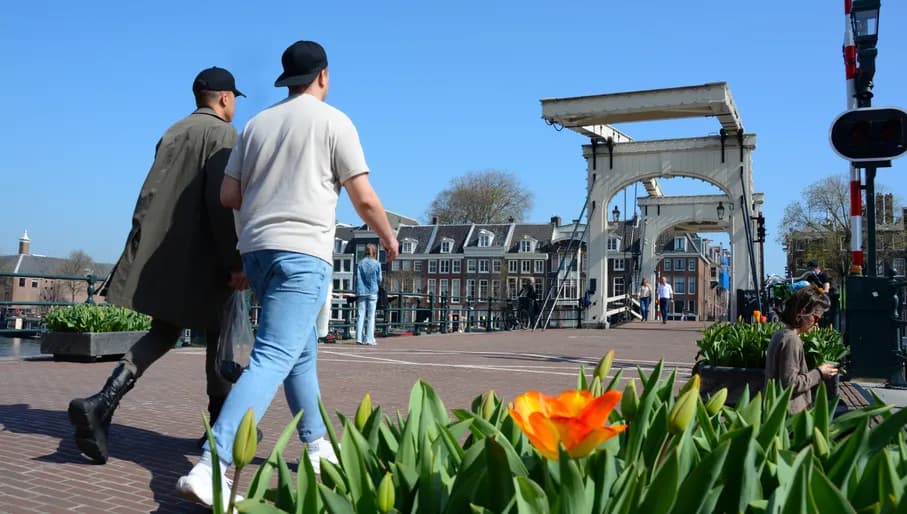
When spring has indeed sprung, the Amsterdam Tulp (Tulip) Festival arrives for the entire month of April to give visitors a glimpse of the blooms in their natural habitat. Marvel at the city's parks, streets, and sidewalks, which are brightened with colourful tulips adorning various locations in Amsterdam. The festival's goal is to eventually have one tulip for every Amsterdammer, amounting to 800,000 tulips in the city alone. All visitors need to experience the festival is to go tulip-spotting around the streets and attractions of Amsterdam. Participating locations regularly include the Rijksmuseum, Vondelpark, Rembrandtplein, and EYE Filmmuseum.
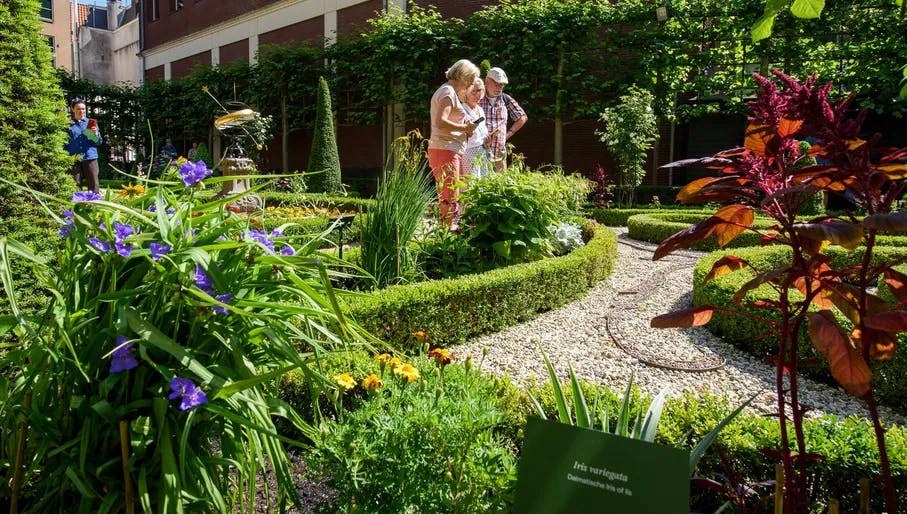
For one weekend each year, a selection of canal houses and museums open their doors to the public, revealing the beautiful gardens hidden behind Amsterdam's brick facades. For three days in mid-June, during Open Garden Days, you can visit 30 of Amsterdam's secret gardens, often with special events such as classical music performances included in the program.
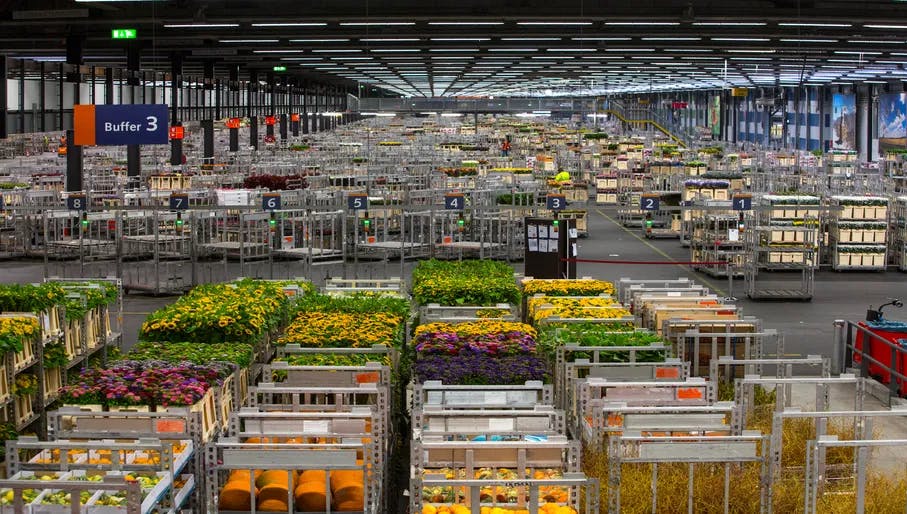
Early birds should make a memorable trip to the flower auction held at FloraHolland in Aalsmeer. Each day, 19 million flowers and two million plants are sold in an area of almost one million square metres. The auction is open to the public from 7:00 to 11:00, Monday through Friday. The earlier you arrive, the more fun you’ll have watching the action unfold. Buyers haggle for the best prices, and the blooms are dispatched all over the globe within hours of being sold. The flowers are sold in a “Dutch auction” – as the clock ticks down, the price of the flowers gets lower!
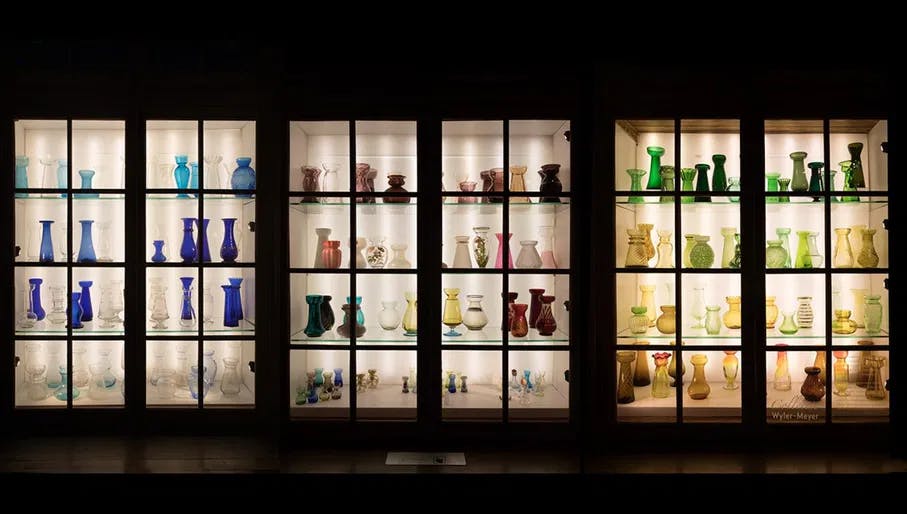
Since the tulip gained prominence in the Netherlands in the 16th century, Dutch artists and collectors have sought to capture the tulip’s beauty and fame in their art. At Museum de Zwarte Tulp (Museum of the Black Tulip) in Lisse, visitors can view tulip artwork, botanical illustrations and flower bulb glasses and learn about the history of tulipomania and the current science of flower bulb cultivation.

Experience the Bulb Region in a different way with a self-drive tour in a Renault Twizy, a compact, 100% electric two-seater. Following a fixed GPS route, you’ll wind through the area’s famous flower fields and visit working flower nurseries, where growers cultivate and prepare bulbs and blooms for the season ahead. From early August to mid-October, Renzy's Dahlia Route showcases vibrant summer colours, while the Tulip Route, available from late March to mid-May, takes you past the region’s most iconic spring landscapes.
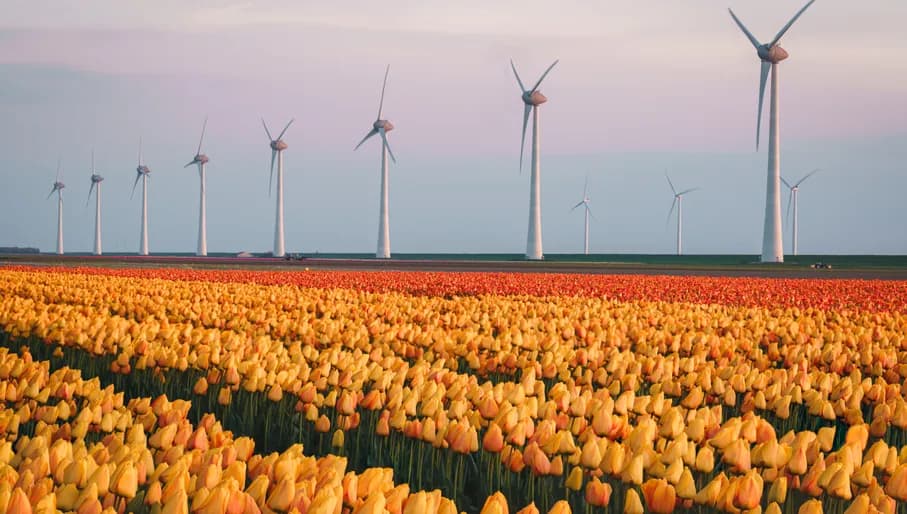
The Flevoland region boasts 5,000 hectares of tulip fields, festivals, unique activities and millions of colourful blooms that spring up on land that was once the seafloor of the Zuiderzee. Check out the walking, cycling and driving itineraries through the Tulip Route Flevoland to experience its flower-blanketed landscape. Along the way, you can participate in various activities, including painting workshops and farm tours.
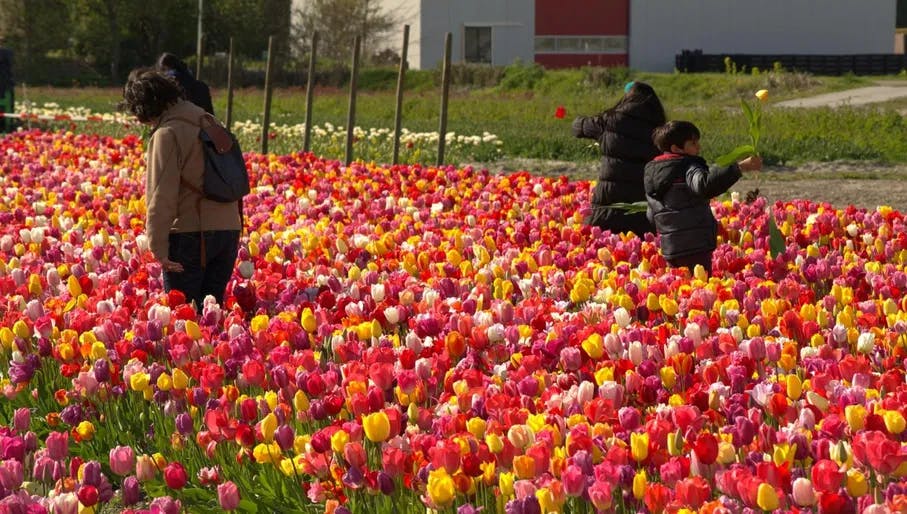
At Annemieke’s 3,000-square-metre picking garden, you can wander the expansive grounds and create your own bouquets. Take the time to admire the fantastic variety of flowers and choose an assortment of colours and scents that speak to you. Annemieke specialises in tulips, which bloom in the spring, but with more than 300 different kinds of flowers, the gorgeous fields also blossom in the summer. Picking flowers at Keukenhof is strictly forbidden, so Annemieke’s offers a hands-on experience that will appeal to your inner florist. You can also rent a kayak and use the provided map to appreciate the beautiful blooms from the water.

During tulip season (mid-March to mid-May), a visit to Tulip Experience Amsterdam is a must. This unique experience invites you to immerse yourself in 4 million tulips featuring 700 different varieties. It was created by the Pennings family, who have been growing tulips for over 30 years. In the interactive museum, learn all about the tulip – from its history to the growing process. After exploring the museum, enjoy a relaxing stroll through the stunning show garden. Whether you’re here for a fun day out, a photoshoot, or to enjoy the spring, the show garden offers plenty of space for the ultimate spring activity. Located near Keukenhof in the heart of the Bollenstreek, Tulip Experience Amsterdam is easily accessible from Amsterdam.
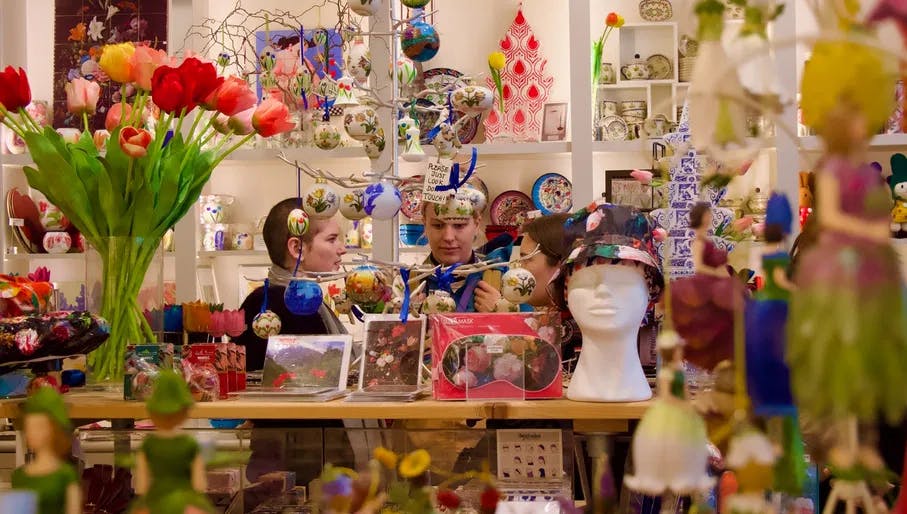
When exploring the tulip gardens of Amsterdam, be sure to stay on the paths and follow the rules. Walking across the fields can crush or damage the flowers. If a tulip plant is trampled, it will not produce a bulb large enough to be sold, so staying out of the fields is essential. It takes a tremendous amount of work to cultivate the eye-pleasing lines of flowers, and everyone who visits should respect the flowers and the farmers who have invested so much time, effort, expense and love into the fields.